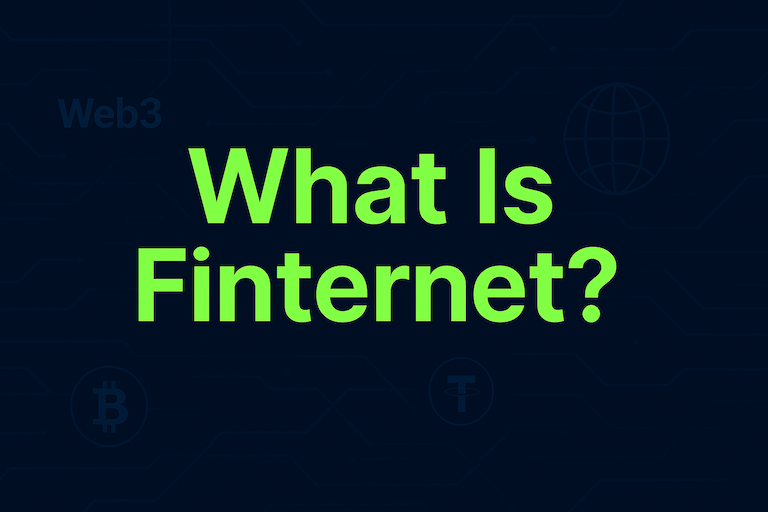Gas Fees: The Essential Cost of Blockchain Transactions
Jan 16, 2025
In the world of blockchain and cryptocurrencies, "Gas Fees" are an important concept that every user needs to understand. Whether you are making a cryptocurrency transaction or interacting with a smart contract, gas fees directly affect your costs and transaction experience. So, what exactly are gas fees? How do they work, and how can you optimize these fees to avoid unnecessary expenses? This article will answer these questions.
What Are Gas Fees?
On blockchain platforms, especially on Ethereum, gas fees are the payments users make to miners or validators when performing a transaction or executing a smart contract. These fees mainly compensate miners (or validators) for the computational work, transaction validation, and maintenance of the blockchain network's security.Since blockchain operates in a decentralized manner, transactions and smart contract executions are not handled by a single entity, but rather by multiple nodes (miners) across the network. Gas fees play a critical role in incentivizing miners to participate in the transaction process. The fees paid by users not only ensure that transactions are processed on the network but also serve as an economic driver to keep the blockchain network running.
How Are Gas Fees Calculated?
Gas fees are calculated based on two main factors: Gas Limit and Gas Price.
Gas Limit
Gas Limit refers to the maximum amount of gas a user is willing to pay for a transaction. Each operation (such as a transfer or smart contract execution) requires a certain amount of computational resources in the blockchain network. More complex operations require more gas.
For example, a simple transfer may require 21,000 gas, whereas executing a complex smart contract could require millions of gas.
Gas Price
Gas Price is the amount a user is willing to pay per unit of gas. It is usually denominated in Gwei (the smallest unit of Ether) and changes depending on network congestion. Gas price is usually determined by the supply and demand in the market.
If the network is congested, gas prices will rise as miners prioritize transactions that offer higher fees. On the other hand, when the network is less busy, gas prices will tend to be lower.
Ultimately, the gas fee you pay is calculated as: Gas Fee = Gas Limit x Gas PriceFor example, if your Gas Limit is set to 21,000 (suitable for a simple ETH transfer) and the Gas Price is 100 Gwei (Gwei is the smallest unit of Ether), the gas fee would be: 0.0021 ETH
Differences in Gas Fees Across Blockchains
Although gas fees were first widely implemented on Ethereum, many other blockchain platforms now have similar fee structures, although their pricing models may differ.
Ethereum (ETH) As the most popular smart contract platform, Ethereum's gas fees tend to be higher, especially during times of network congestion. Ethereum's gas fees are usually calculated in Gwei. Users can choose to transact when the network is less congested to save on fees.
Binance Smart Chain (BSC) Binance Smart Chain is a blockchain compatible with Ethereum but with lower gas fees. This is due to shorter transaction confirmation times and a different miner reward mechanism. BSC is widely used in decentralized finance (DeFi) applications.
Solana Solana is designed as a high-speed, low-cost blockchain with relatively low gas fees. Its fast transaction speeds make it ideal for high-frequency trading and applications involving a large number of users.
Polygon (Matic) Polygon is a Layer 2 scaling solution built to enhance Ethereum's transaction throughput. Due to its different consensus mechanism, Polygon’s gas fees are much lower than those on Ethereum, and its transaction speeds are faster.
How to Optimize Gas Fees?
Optimizing gas fees involves managing both gas limits and gas prices effectively while also choosing the right time for transactions. First, ensure you understand the minimum gas limit required for your transaction to avoid setting unnecessarily high gas limits that result in unnecessary fees. Second, adjust your gas price dynamically based on network congestion. When the network is busy, gas prices surge, but you can wait until the network is less congested to reduce your gas fees. Many wallets and blockchain tools offer real-time gas fee predictions and suggestions to help users make the best decision before transacting. In addition, using Layer 2 solutions or low-fee blockchains (such as Polygon, Binance Smart Chain, etc.) is an effective way to lower gas fees. These platforms typically offer lower transaction costs and faster confirmation times, making them ideal for large transactions or frequent traders. Whether you are a beginner or an experienced crypto trader, understanding and optimizing gas fees is an essential part of your transaction process. By using platforms like OSL, you can minimize gas fees while enjoying a secure and compliant trading environment, making your transactions more efficient and cost-effective. Gas fees are a natural cost of blockchain transactions, but with the right strategies and tools, you can minimize their impact and improve your overall blockchain trading experience.


